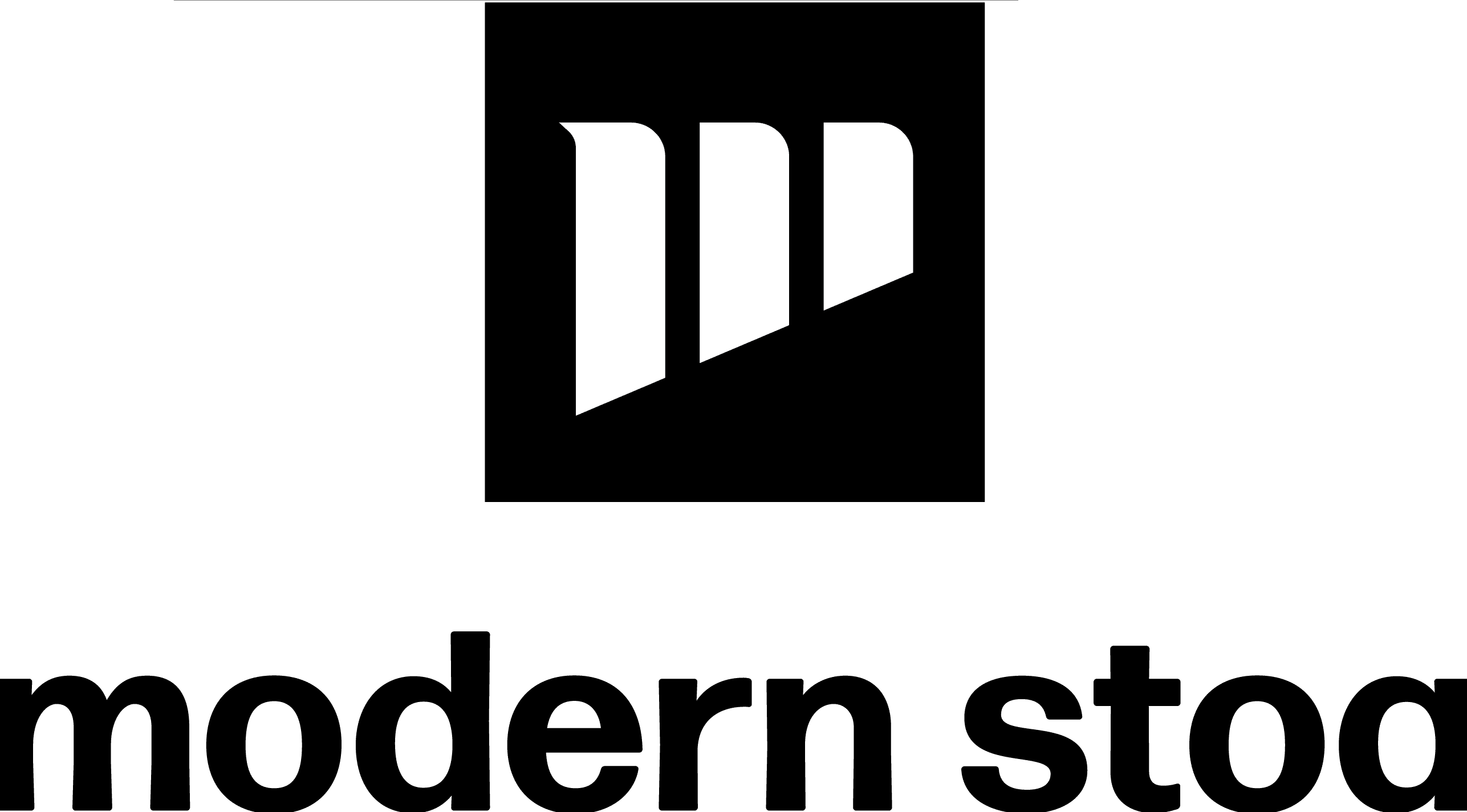As political campaigns increasingly embrace digital media, podcasting played a critical role in shaping narratives during the 2024 U.S. presidential race. A closer examination of how candidates leveraged this platform reveals stark contrasts in approach and audience engagement.
One of the most striking disparities was in viewership numbers. Podcast interviews featuring Donald Trump amassed a staggering 113.6 million views on YouTube, while Vice President Kamala Harris’ podcast appearances only gathered 6.8 million. A significant factor behind this gap was Trump’s successful booking on The Joe Rogan Experience, one of the most influential and widely listened-to podcasts. Harris’ campaign, on the other hand, struggled to confirm a spot, as mentioned on Pod Save America.
Trump’s strategic choices also extended to the types of podcasts he engaged with. His appearances were largely concentrated within the ‘manosphere’—a collection of male-dominated, politically charged podcasts with a dedicated audience base. This consistent targeting allowed his campaign to tap into a loyal listener demographic. Conversely, Harris adopted a more varied approach, featuring on a mix of shows with diverse audiences, such as Club Shay Shay and Call Her Daddy. While this strategy showcased her ability to engage with different communities, it lacked the concentrated impact seen in Trump’s campaign.
Beyond raw numbers, this divergence highlights the evolving nature of political outreach through new media. With podcasts increasingly influencing public discourse, future campaigns may need to reconsider their engagement strategies, prioritizing both reach and audience alignment to maximize impact. A well-planned approach that considers audience demographics, host influence, and conversation style will be crucial in effectively leveraging the growing power of podcasts in political discourse.
If you are interested in podcast advertising go to Modernstoa.co.

